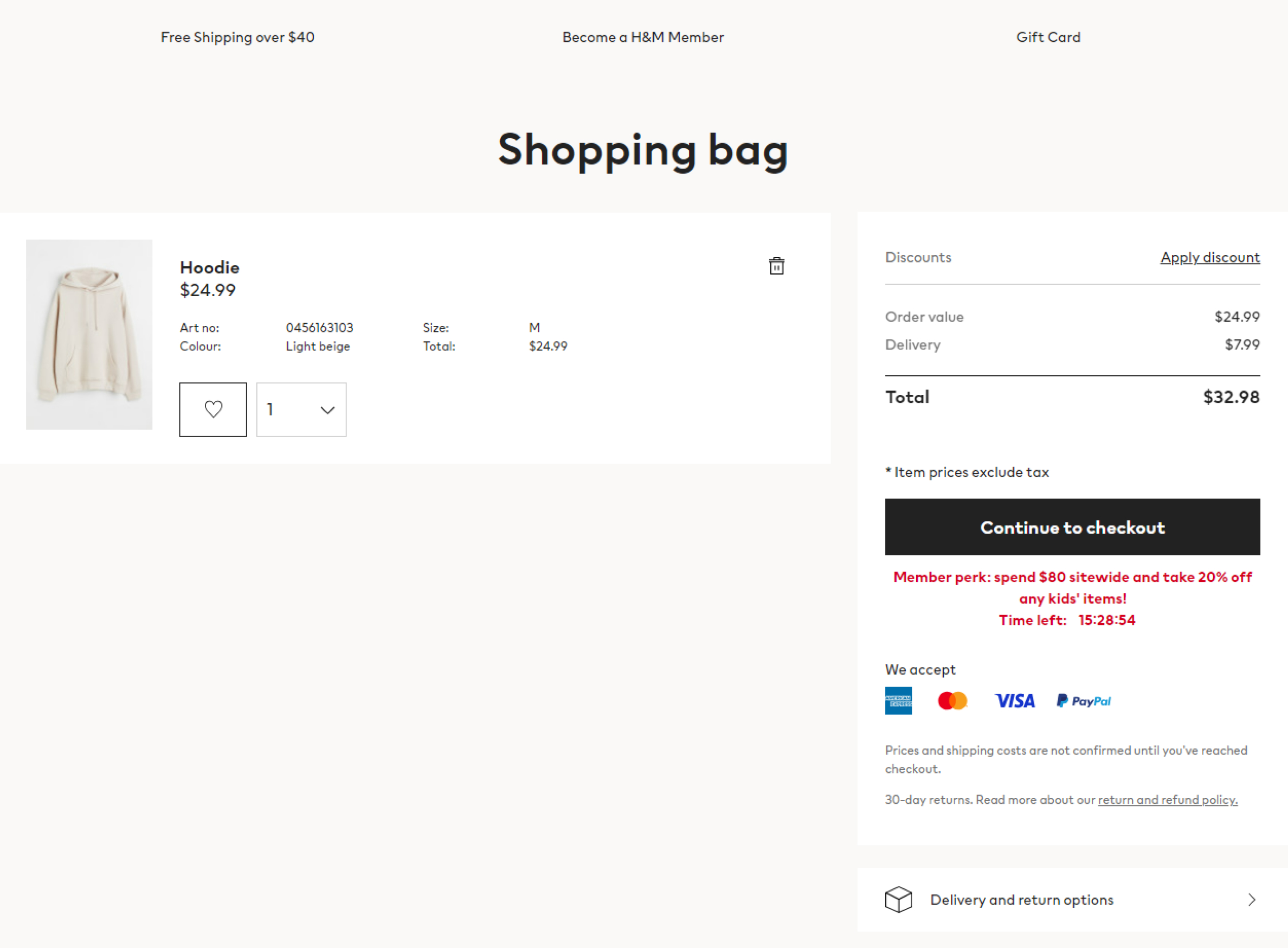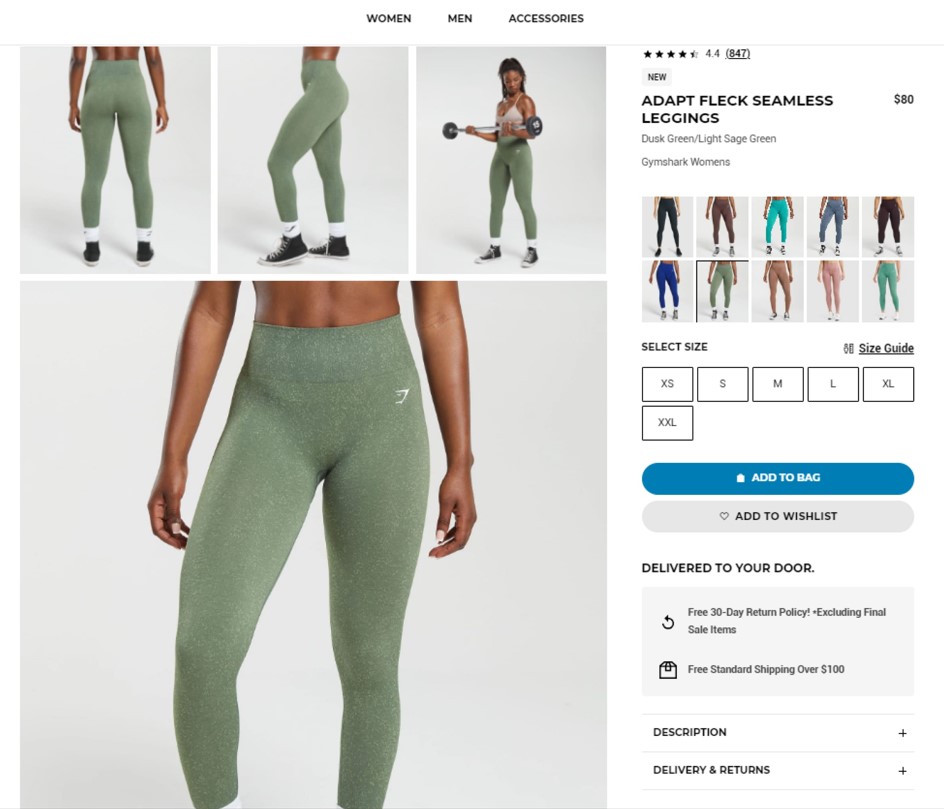Canadians are savvy shoppers. Their online shopping expectations have been shaped by multiple interactions – both positive and negative – with e-tailers of all sizes. They demand a smooth shopper journey – and returns are an important part of their experience.
When it comes to business growth in Canada, understanding how to meet shopper expectations from start to finish can go a long way to boosting your bottom line.
One area that can’t be ignored is returns. The returns process has the power to influence your customers long after they’ve clicked ‘buy’ This makes a return policy an important balancing act for ecommerce retailers, especially when managing cross-border shipments. You want to enjoy the benefits of offering convenient customer returns, but you also need to manage costs. You’re walking a tightrope between the two needs and you want to avoid any missteps.
Convenient returns drive conversions, reduce abandoned carts, increase average order values and build customer loyalty – but they come with potential risks. Make your returns process too convenient and costs might grow faster than you’d like. Make the process too restrictive and you could pay the price in missed purchase opportunities. With 51% of online shoppers saying they often or always check the return policy before purchase, it’s clear that your return policy is an important part of capturing the spend of Canadian shoppers.1
So, how do you strike a balance between the costs and benefits?
Grow your business north with Canada Post. We can help you tap into the Canadian ecommerce opportunity.
Contact usHow to reduce the cost of returns and keep customers happy
As a merchant, you can avoid absorbing the full cost of returns while keeping your customers content. It’s all about putting yourself in your customers’ shoes, focusing on key aspects of the returns experience and thinking creatively.
Focus on clarity and convenience
Research shows that Canadians want clear, simple and convenient online shopping experiences. H&M, for example, has a simple and straightforward returns process. They let customers know:
- What can and can’t be returned
- How and where to return items
- How refunds are processed
- How to get in touch with customer service for assistance

H&M presents its return policy in clear, easy-to-understand language at key points of the online shopping experience to make shopping as smooth as possible.
It’s important to make your return policy easy to understand and easy to find on your website. It’s also becoming increasingly important to make it as customer friendly as possible. A complicated return policy could cost you your next sale.
70% per cent of Canadian online shoppers say they would shop more online with retailers who offer an easy-to-follow return policy.2
Manage cost and expectations creatively
Returns are important to customers, but it’s also important for Canadian and U.S. businesses to manage customer expectations to protect margins and share the cost of returned merchandise. Some ways you can create a balance that works for everyone include:
Lowering costs with a restocking fee
Instead of absorbing the full cost of shipping, shoppers may be open to incurring a small deduction from their overall refund as a cost associated with handling a return.
Boosting retention with credits toward future purchases
Instead of a refund, shoppers receive an online or in-store credit, motivating them to return and shop.
Keeping return shipping rates simple
This tactic takes the sting out of the cost of return shipping. By offering a flat rate returns fee, the cost becomes less of an obstacle to purchase.
Communicating a clear return policy
Make your store’s return policy clear and accessible in order to manage customer expectations and reduce misunderstandings. This way, shoppers can make informed choices when placing their order and if they choose to make a return there will be no surprises.
Encouraging informed purchase decisions
In general, the fewer returns a business must handle, the better. Provide plenty of product information, such as high-quality imagery, descriptions and measurements. This way customers can shop confidently and return merchandise less frequently.

GymShark provides high-quality images, product information as well as shipping and returns information for a transparent shopping experience.
Choose a shipping partner that makes returns simple
For an online U.S. retailer, offering online shoppers more flexible return options can increase the likelihood of completed purchases. You’ll want a delivery partner who allows you to offer convenient return options – such as flexible drop points. Canada Post can offer flexible drop points that make it easy for your Canadian customers to make a return because 91% of Canadians live within three miles of a Canada Post post office and have access to our 24,000 street letter boxes.
For 56% of U.S. cross-border online shoppers, inconvenient returns are deal breaking and lead to abandoned carts.3
How you handle your returns is important for your business. Whatever tactic you choose, make your return policy clear, easy to find on your website and as customer friendly as possible to capture the Canadian ecommerce opportunity as best you can.
Grow your business in Canada
Get actionable insights that will help you grow north of the border. Sign up to receive quarterly ecommerce and marketing tips, discover what’s trending and more.
Subscribe